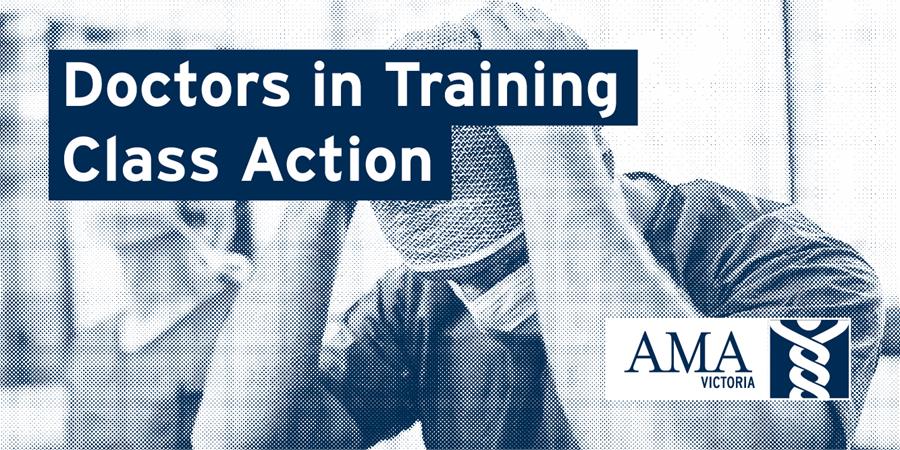


This element of performance is further emphasized by the presentation of Tribe’s installation. Hinted throughout the piece is the nature and degree of performance, as both SPs and medical students try to communicate responses that are both empathetic and realistic. From images of clocks and mannequins, to fluorescent lights and empty exam rooms, this B-roll emphasizes the sterility of the clinical environment and invites viewers to think about artificial and genuine encounters. Intermixed with these scenarios is footage filmed in Stanford University’s School of Medicine. This encounter is cringe inducing, and the professor, while remaining cool and collected, makes it clear that this method is not the way to go.

Another starts discussing spirituality with the SP, acting surprised when he says he’s a nonbeliever but proceeding to offer his viewpoint on God and the afterlife. In the last scenario, the medical students stand in a row and take turns speaking with the patient. Courtesy the artist and 1301PE, Los Angeles. Standardized Patient, 2017 (production still). Over the course of the video, a viewer learns about four patients: a thirty-six-year-old woman in a sharp black suit who is following up on blood work for chest pains and constantly looking at her watch, anxious to get back to work a seventy-two-year-old woman whose daughter insisted she get a checkup after repeated incidents of forgetfulness a teenage girl who recently became sexually active and wants contraceptives but agrees to being screened for sexually transmitted infections (and the results aren’t good) and a sixty-eight-year-old man near death. The first scene shows the medical students standing in a hallway, each of them outside a door to an examination room.

For this video, Tribe developed four case studies and filled the roles with USC staff participants, medical students, and SPs trained to portray both patient and student characters. Tribe’s work evolved from her collaboration with and study of professional clinicians, communication experts, and SPs at Stanford University and the University of Southern California (USC).


 0 kommentar(er)
0 kommentar(er)
